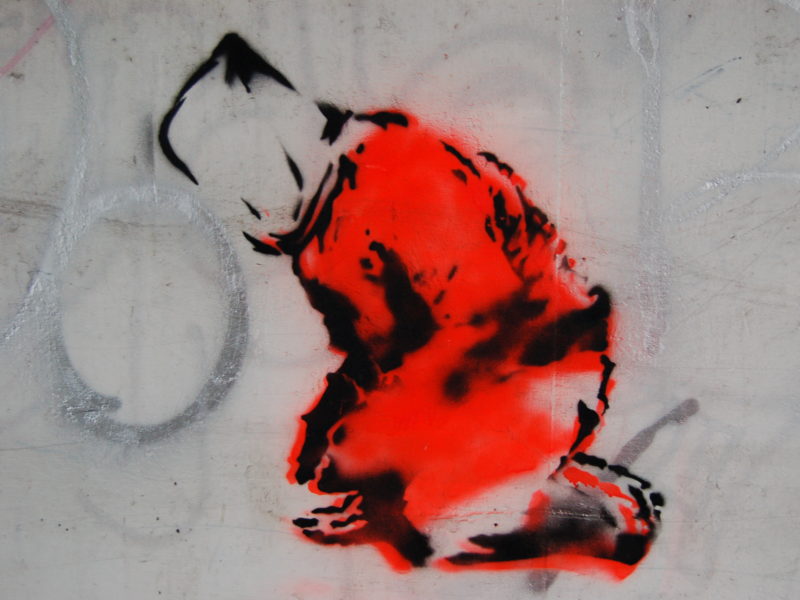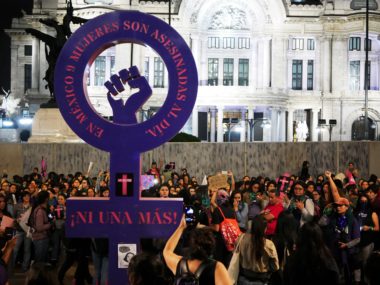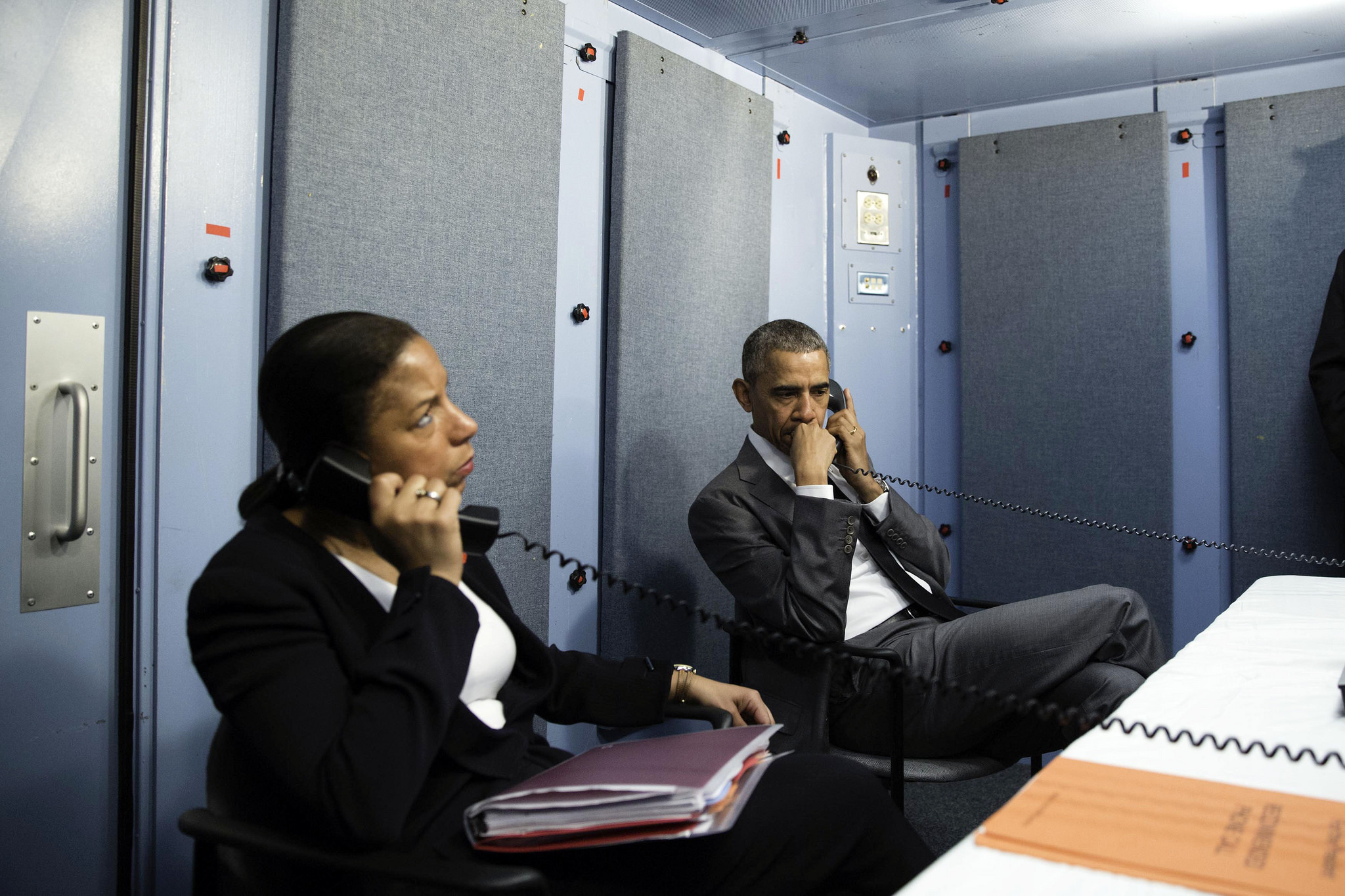Guest post by Philip Luke Johnson
The detention camps at the US naval base at Guantánamo Bay (GTMO) opened in 2002 and still operate today. The Bush administration initially justified the camps as necessary to hold the “worst of the worst” terrorists, but we now know that most of the 780 men who were detained at GTMO had little connection to extremist organizations. Furthermore, GTMO has become a recruitment tool for groups like al Qaeda and the Islamic State. Yet 39 men remain indefinitely detained in the camps today.
Since President Biden’s election, there has been renewed speculation about whether the US will close the detention camps, with most of the discussion focused on transferring detainees away from the naval base. This appears to be Biden’s approach, with the first detainee transfer of his term taking place in mid-July. Beyond closing the camps, however, Biden must take steps to prevent the future use of the site for indefinite detention. To do so, he can look to other efforts within the United States to memorialize former prison camps.
In the early years of the war on terror, the United States used a global network of “black sites” to hold supposed enemy combatants, but GTMO held a unique role within this network. The CIA transported detainees between sites, holding the men incommunicado and subjecting them to torture, but GTMO was almost always the final destination in this “extraordinary rendition” network. Long after the other sites shut down, GTMO continues to hold detainees beyond the reach of the law.
The Bush administration chose GTMO as the “least worst place” to indefinitely hold detainees because of its supposedly exceptional position with respect to US law. The United States holds a permanent lease over Guantánamo Bay, granted by Cuba (under duress) in the 1930s. This means that the site is under complete US control, while remaining formally under Cuban sovereignty. The Bush administration claimed that the US Constitution therefore did not apply at GTMO. The war on terror prisoners could be indefinitely detained with almost no recourse to justice or accountability through US courts.
The war on terror was not the first time that GTMO had been used to hold people beyond the law. The earliest case of detention without due process—involving a Cuban worker at the base—occurred in 1954. GTMO was used for mass detention of Cuban and Haitian migrants between 1991 and 1996, with tens of thousands of asylum seekers intercepted at sea and transferred to crowded camps. This marked the first case of large-scale indefinite detention at GTMO, when almost 300 HIV-positive Haitians had their asylum request approved, but were prevented from entering the United States because of their health status. In the late 1990s, Bill Clinton planned to house 20,000 Kosovar refugees at the base, but never followed through on the idea. George W. Bush had ample precedent to draw upon when selecting GTMO as a convenient site to house an inconvenient population.
Talk of closing the camps at Guantánamo Bay is by no means new to Biden. Obama campaigned on the promise to close the camps on his first day in office, but never delivered. Instead, he reduced the detainee population by transferring detainees to other countries.
Moves to reduce the detainee population began in earnest during Bush’s second term. By that time, it was clear that many of the detainees had been essentially sold to the United States for bounties, and had little connection to violent extremist groups. Hundreds of detainees were transferred out of the camps between 2005 and 2008.
Official discourse within the detention program changed around the same time. In my study of The Wire, the official newspaper for detention program personnel, I document changes in the way the program was depicted internally. Beginning in 2006, the newspaper stopped describing the camps as the front line in the war on terror. Instead, The Wire diminished the importance of the detainees and characterized GTMO as a relatively easy deployment for military personnel—a place of recreation and rehabilitation from ongoing war. The initial justifications for indefinite detention beyond the law disappeared, but indefinite detention continued.
The repercussions of Obama’s failure to end indefinite detention were apparent before he left office. During Trump’s 2016 campaign, he promised to load GTMO with “bad dudes.” He later balked at the high costs of keeping people at the site, but retained an interest in using GTMO to hold inconvenient or unwelcome people. As the COVID-19 pandemic worsened, Trump contemplated quarantining American citizens at the base. The risk that GTMO will be used by an irresponsible executive to hold perceived enemies or inconveniences beyond the law warrants a reevaluation of the purpose and value of the base.
To prevent the future use of GTMO as a site of indefinite detention, Biden can look to examples within the United States. The camps used to intern Japanese-Americans during World War II have been preserved as sites of education and remembrance. Historic Fort Snelling memorializes its former use as a concentration camp for Dakota people. Establishing a memorial to the War on Terror at GTMO will not end the use of indefinite detention everywhere, but it will signal a break with the base’s notorious legacy, and end the easy availability of GTMO as a site of detention beyond the law.
GTMO has already been rebranded from a place of war to a site of recreation and recovery. It is time the base was transformed from a space beyond the law to a site of accountability and remembrance.
Philip Luke Johnson is a lecturer at Princeton University and doctoral candidate at the CUNY Graduate Center. He is a member of the Noria Mexico & Central America Program and a fellow at the Center for U.S.-Mexican Studies.






